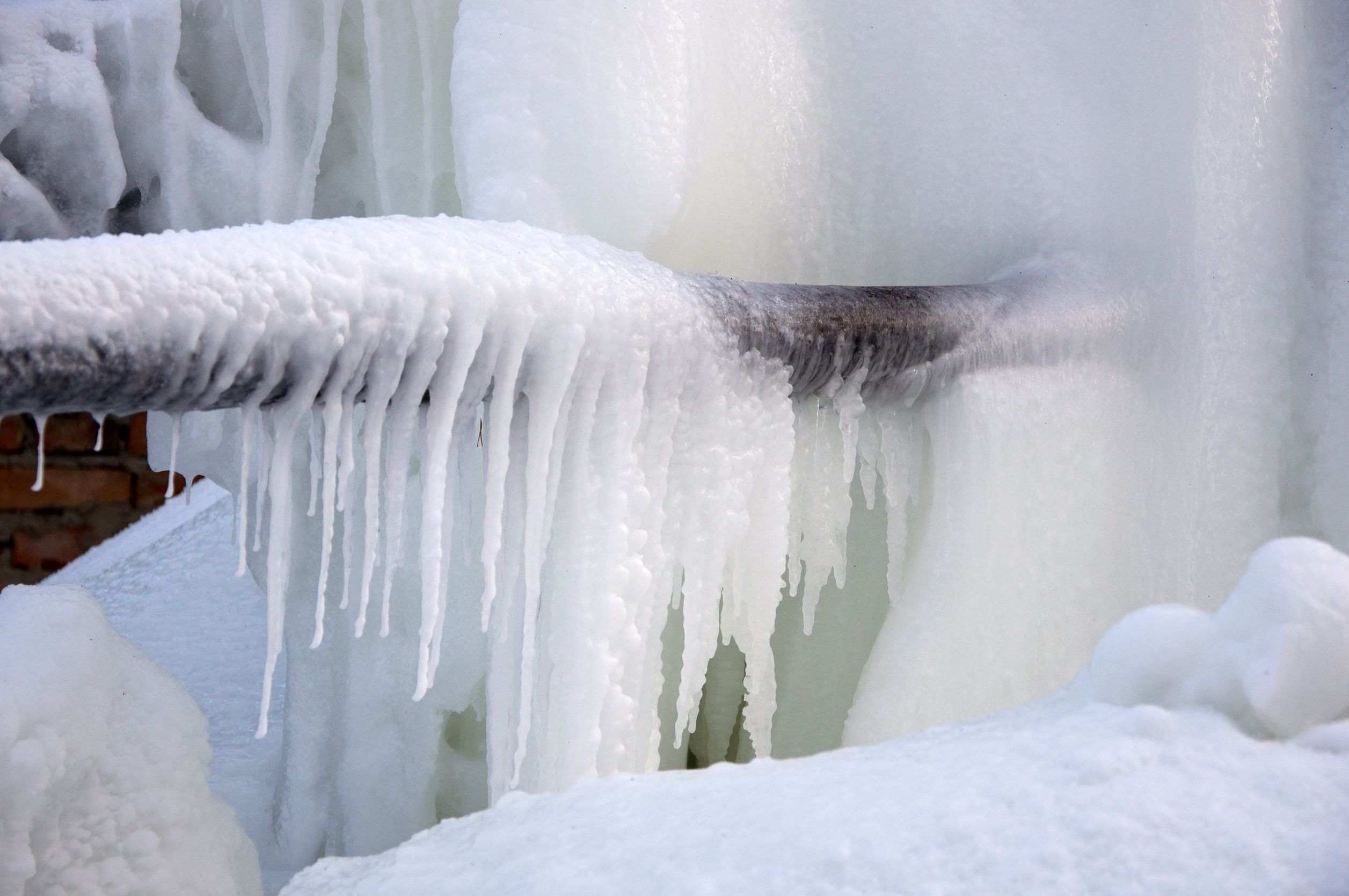Guidance for Avoiding Frozen Plumbing in Cold Weather: Professional Insights
Guidance for Avoiding Frozen Plumbing in Cold Weather: Professional Insights
Blog Article
Here underneath yow will discover a bunch of high-quality points in regards to How to prepare your home plumbing for winter weather.

Winter can wreak havoc on your pipes, particularly by freezing pipes. Below's how to avoid it from happening and what to do if it does.
Introduction
As temperatures drop, the threat of frozen pipelines rises, potentially leading to expensive repairs and water damages. Understanding just how to avoid icy pipes is critical for property owners in cool climates.
Avoidance Tips
Shielding susceptible pipelines
Cover pipes in insulation sleeves or utilize heat tape to secure them from freezing temperature levels. Concentrate on pipes in unheated or outside areas of the home.
Home heating strategies
Maintain indoor spaces sufficiently heated up, particularly locations with pipes. Open up closet doors to permit cozy air to flow around pipelines under sinks.
Just how to recognize icy pipes
Look for decreased water circulation from taps, uncommon smells or sounds from pipes, and visible frost on revealed pipelines.
Long-Term Solutions
Structural adjustments
Take into consideration rerouting pipelines far from exterior walls or unheated locations. Add added insulation to attic rooms, basements, and crawl spaces.
Updating insulation
Purchase top quality insulation for pipelines, attics, and wall surfaces. Appropriate insulation aids preserve regular temperatures and lowers the danger of icy pipes.
Shielding Outdoor Pipes
Garden pipes and exterior taps
Detach and drain yard hoses prior to wintertime. Install frost-proof spigots or cover outdoor faucets with insulated caps.
Understanding Icy Pipes
What creates pipes to ice up?
Pipelines freeze when exposed to temperature levels below 32 ° F (0 ° C) for prolonged periods. As water inside the pipelines ices up, it increases, taxing the pipeline wall surfaces and possibly creating them to break.
Risks and damages
Frozen pipelines can lead to supply of water interruptions, building damages, and expensive repair work. Burst pipes can flooding homes and create substantial architectural damage.
Signs of Frozen Pipes
Recognizing icy pipes early can prevent them from breaking.
What to Do If Your Pipelines Freeze
Immediate actions to take
If you suspect icy pipes, maintain taps open to soothe stress as the ice melts. Make use of a hairdryer or towels soaked in warm water to thaw pipes slowly.
Verdict
Stopping frozen pipes calls for positive measures and quick feedbacks. By comprehending the reasons, signs, and safety nets, homeowners can protect their plumbing throughout winter.
6 Proven Ways to Prevent Frozen Pipes and Protect Your Home
Disconnect and Drain Garden Hoses
Before winter arrives, start by disconnecting your garden hoses and draining any remaining water. Close the shut-off valves that supply outdoor hose bibs and leave the outdoor faucet open to allow any residual water to drain. For extra protection, consider using faucet covers throughout the colder months. It’s also important to drain water from any sprinkler supply lines following the manufacturer’s directions.
Insulate Exposed Pipes
Insulating your pipes is an effective way to prevent freezing. Pipe insulation is readily available at home improvement stores and is relatively inexpensive. Pay close attention to pipes in unheated areas such as the attic, basement, crawl spaces, or garage. Apply foam insulation generously to create a buffer against the cold. You can also wrap your pipes in heat tape or thermostat-controlled heat cables for added warmth.
Seal Air Leaks
Inspect your home for any cracks or openings that could let in cold air. Seal any holes around the piping in interior or exterior walls, as well as the sill plates where your home rests on its foundation. Additionally, make sure to keep your garage door closed unless you’re entering or exiting. Leaving it open creates a significant air leak that can lead to frozen pipes.
Allow Warm Air Circulation
During cold snaps, it’s essential to allow warm air to circulate evenly throughout your home. Leave interior doors ajar to promote better airflow. Open kitchen and bathroom cabinets to help distribute heat consistently around the rooms. If you have small children or pets, be sure to remove any household chemicals or potentially harmful cleaners from open cabinets for safety.
Let Faucets Drip
A small trickle of water can make a big difference in preventing ice formation inside your pipes. When temperatures drop significantly, start a drip of water from all faucets served by exposed pipes. This continuous flow helps prevent the water from freezing. Additionally, running a few faucets slightly can relieve pressure inside the pipes, reducing the chances of a rupture if the water inside does freeze.
https://choateshvac.com/6-proven-ways-to-prevent-frozen-pipes-and-protect-your-home/
.jpg)
Hopefully you liked our article about How to Prevent Your Pipes From Freezing. Thank you so much for spending some time to read our post. Sharing is good. One never knows, you might be helping someone out. Thanks for going through it.
Schedule Service Now Report this page